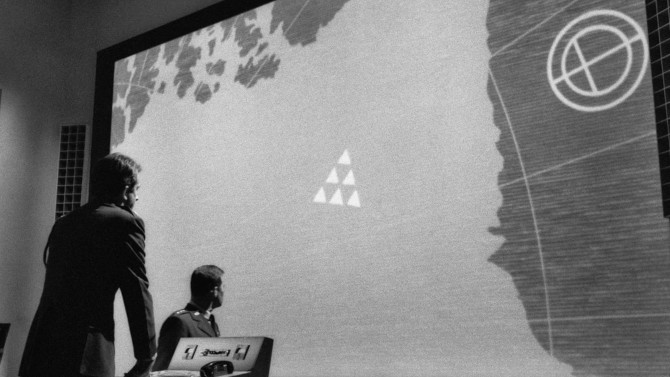
Safety First
Like a severe and utterly serious version of Stanley Kubrick’s 1964 satirical dark comedy Dr. Strangelove or: How I Learned to Stop Worrying and Love the Bomb, you would think that Fail Safe would have been the original release in theatres that was then later spoofed, yet that is not the case. Released approximately six months later in the same year, as you might imagine, it led to very poor returns at the box office – dare I say it (as the film deals with this subject matter)... it was a bomb! Despite that, over time, it has become a bonafide classic. Based upon Eugene Burdick’s 1962 novel of the same name and directed by Sidney Lumet (Dog Day Afternoon), he introduces us to our main players by way of little vignettes.
-
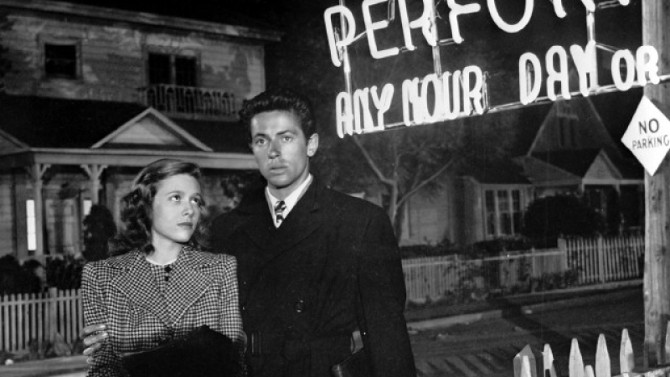
Inside Outsiders
They Live by NightNovember 4, 2018Taking noir genre tropes and flipping them on their heads, Nicholas Ray’s They Live by Night (1948) challenges the city setting, the cynical detective, the sultry femme fatale, and at every turn, finds a clever way to surprise and intrigue. An intimate look at the lives of outsiders (a Nicholas Ray speciality – think In a Lonely Place; Rebel Without a Cause), three individuals have escaped the confines of prison. . . guys who would easily be picked out of a lineup: one-eyed Chickamaw (Howard Da Silva) – a sinister man, quick to anger when his missing socket is mentioned; monstrous T-Dub (Jay C. Flippen) – though he seems sensible, there is a violent streak hidden just below the face only a mother could love; and baby-faced Bowie (Farley Granger) – the meek getaway driver of the gang.
-
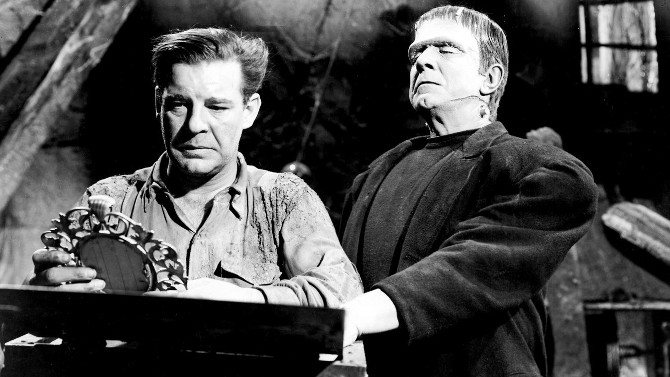
Gold, Frankenstein and Mirth (Don’t Forget the Wolf Man)
Frankenstein Meets the Wolf ManOctober 26, 2018The first of the Universal monster movie crossovers (which is celebrating its 75th anniversary this 2018), 1943's Frankenstein Meets the Wolf Man comes as the fourth sequel in the bolt-necked monster franchise, and a direct sequel to the tortured Lawrence Talbot feature, a man who was bitten by a werewolf and is now himself inflicted. Written by The Wolf Man scribe Curt Siodmak (and directed by Roy William Neill – a frequent 1940's Sherlock Holmes director), the screenwriter continues his tale of the tormented Talbot (Lon Chaney Jr. reprising his role) – cursed with the pentagram, the mark means that he is forever a pursued man (symbolic of the Star of David during World War 2, Siodmak, a German Jewish man, wrote the Wolf Man as a conduit for the horrid tale of his peoples’ torture, pain and death), a man who has supposedly been dead for four years.
-
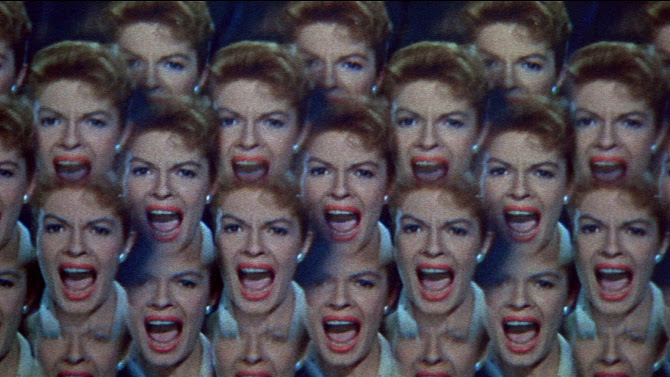
A Fly in the Ointment
The FlyOctober 19, 2018We’ve all had it happen before. . . an experiment goes awry – a recipe doesn’t turn out (and the cake somehow turns green), or we simply think ‘the old Mentos in a bottle of Coke trick’ is just a myth, but you’ve likely never had a day quite like scientist André Delambre (David Hedison – the only actor to play Felix Leiter in two James Bond flicks), a moment that will change his life forever – so, without further ado, I present to you 1958's: The Fly. Written by James Clavell (based upon a short story by George Langelaan) and directed by Kurt Neumann, the story is set in exotic Montreal, the french speaking Canadian city that is one of the oldest continuously inhabited locations in North America. It is here that a wealthy industrialist family is seemingly struck by a more than unusual tragedy – André Delambre has been found dead, head and arm obliterated by a hydraulic press. . . further adding to the mystery, his loving wife Hélène (Patricia Owens) is seen running from the scene of the crime.
-
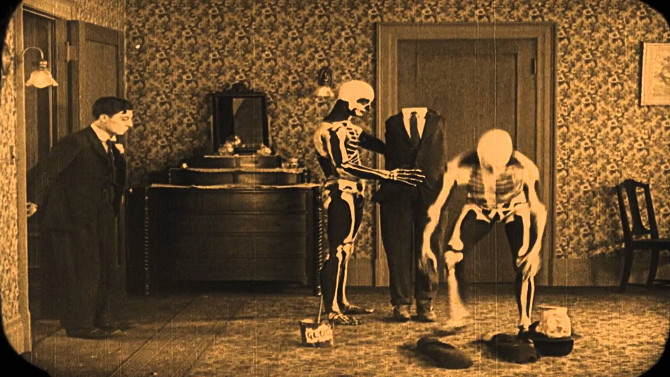
Buster Boo
The Haunted HouseOctober 5, 2018Though not one of Buster Keaton’s most iconic shorts, 1921's The Haunted House is, at its best, like one of those uber-fun Scooby-Doo, Where Are You? chase scenes – ghosts, skeletons, demons and other unexpected spooks flitting in and out of rooms and doorways, dodging, ducking, dipping, chasing, and ultimately, scaring our jarred, though still somehow stone-faced, hero. Where it struggles slightly is its setup. Keaton is a clerk, a hard working employee at a small time bank. The larger than life money manager (behemoth Joe Roberts) has hatched a plan to rob said bank, his team of thieves looking to a crumbling old home, long rumoured to be haunted, as their hidy-hole – preparing for the cops or any other unlucky trespasser, they have booby-trapped the long since abandoned abode while also gathering white sheets to act as ghosts, building on its infamous reputation. After a glue gag that kind of falls flat, Keaton is spotted by the owner with guns in hand (after having chased off the robbers) – it looking like he is the criminal mastermind. . . fleeing, he hopes to find respite in the haunted house.
-
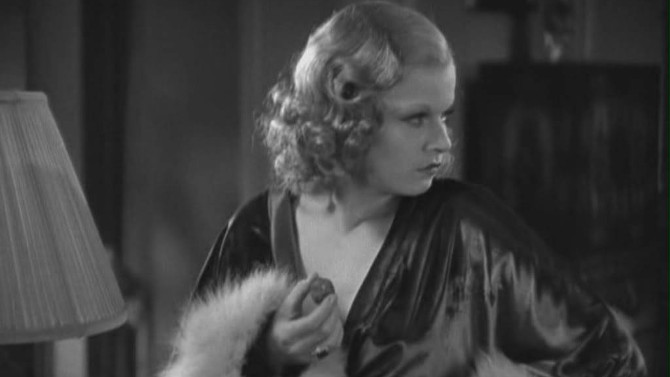
Watch Out for Big Red
Red-Headed WomanSeptember 21, 2018“So gentlemen prefer blondes, do they?” What a way to open a film. . . famed platinum blonde Jean Harlow, face wrapped in a hot towel at a beauty salon, utters this self-referential line (in many ways breaking the fourth wall and speaking directly to the audience – her hair now dyed red), only for things to delve into more intriguing terrain. . . the next snippet finds the dame trying on a dress – asking if you can see through the material, the shop worker answers in the affirmative, to which she perkily states, “I’ll wear it”. Vignettes with a purpose, each moment gives us a viewpoint into the world of one Lil Andrews (Harlow), a Red-Headed Woman with a plan.
-
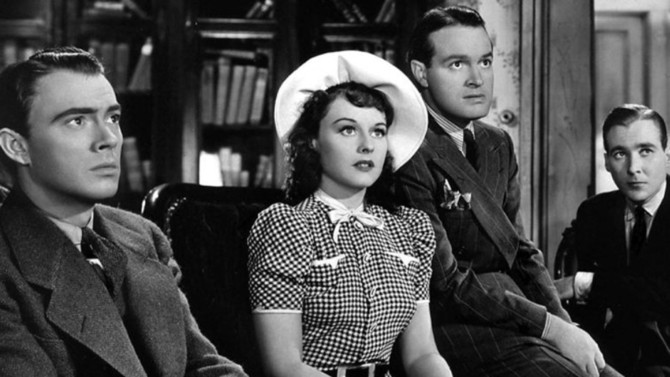
Hope For the Best
The Cat and the CanarySeptember 16, 2018A horror premise as old as it is entertaining, Elliott Nugent’s 1939 film The Cat and the Canary finds an extended family coming together for the reading of their uncle’s will – ten years to the day of his death. A remake of the 1927 silent classic (the idea came from a 1922 stage play of the same name by John Willard), screenwriters Walter DeLeon and Lynn Starling fuse the narrative with a deft comedic touch, resembling the Abbott and Costello horror features that were soon to come – movies that were magically able to play the horror parts for horror and the comedy parts for comedy. Set in a gothic-style plantation home in the middle of the Bayou, the vines envelop the property, the alligator filled water and lush landscape swallowing the dilapidated mansion that likely once stood out, a grand example of man conquering nature. Somewhat resembling Poe’s House of Usher, the property is managed by a mysterious and menacing housekeeper, Miss Lu (Gale Sondergaard) – it is implied that she was the owner’s mistress, a woman who welcomes (and I use that word loosely), the estate’s lawyer, Mr. Crosby (George Zucco), as well as Cyrus Norman’s only remaining heirs: famed actor Wally Campbell (Bob Hope) – who keeps guessing what will happen before it does thanks to his profession, fetching Joyce Norman (Paulette Goddard), mother and daughter Aunt Susan (Elizabeth Patterson) and Cicily (Nydia Westman), as well as nephews Fred Blythe (John Beal) and Charles Wilder (Douglass Montgomery).
